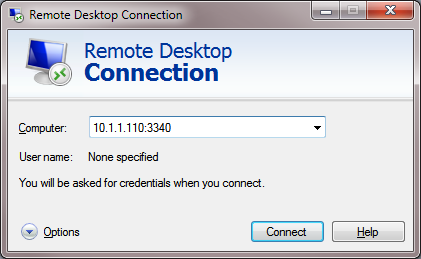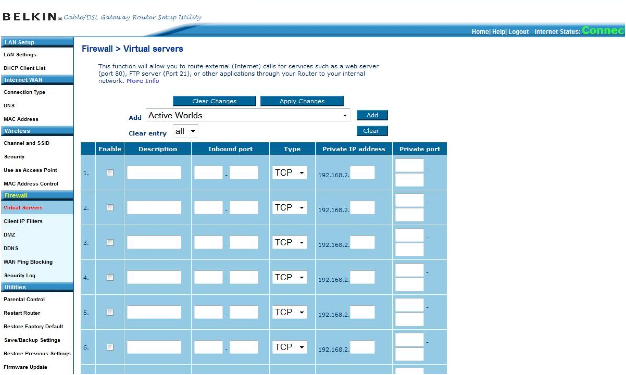
Once you understand this method of tunneling, you can easily and securely expose a local development server, especially behind NATs and firewalls to the Internet over secure tunnels. Next run the following command to forward port 5000 on the remote machine to port 3000 on the local machine. Next, you need to restart sshd to apply the recent change you made. Look for the required directive, uncomment it, and set its value to yes, as shown in the screenshot. Open the file for editing using your favorite command-line editor. You can enable this using the GatewayPorts directive in your SSHD main configuration file /etc/ssh/sshd_config on the remote host.

By default, SSH does not permit remote port forwarding. Remote port forwarding allows you to connect from your remote machine to the local computer. Access a Remote App via Local SSH Port Forwarding Remote SSH Port Forwarding Now, on your local machine, open a browser, instead of accessing the remote application using the address :3000, you can simply use localhost:8080 or 192.168.43.31:8080, as shown in the screenshot below. The -f switch instructs ssh to run in the background. $ ssh -L 8080::3000Īdding the -N flag means do not execute a remote command, you will not get a shell in this case. The -L flag defines the port forwarded to the remote host and remote port. You can forward a local port (e.g 8080) which you can then use to access the application locally as follows. Assuming you are behind a restrictive firewall or blocked by an outgoing firewall from accessing an application running on port 3000 on your remote server. This type of port forwarding lets you connect from your local computer to a remote server.
Free port forwarding tools password#
$ ssh Connect Remote SSH Without Password Local SSH Port Forwarding In this example, I have configured passwordless SSH login between my local and remote hosts, so it has not asked for user admin’s password. Usually, you can securely connect to a remote server using SSH as follows.

For the purpose of this article, we are using the following setup:


 0 kommentar(er)
0 kommentar(er)
